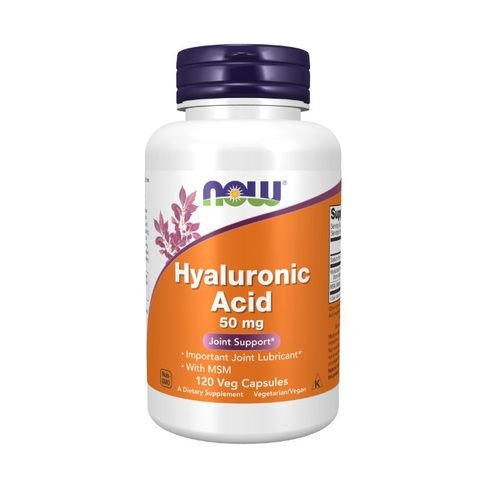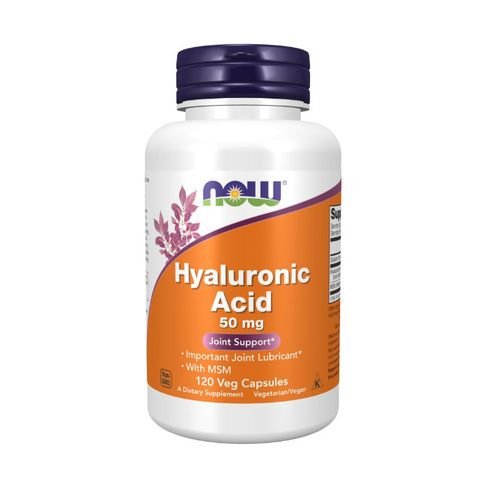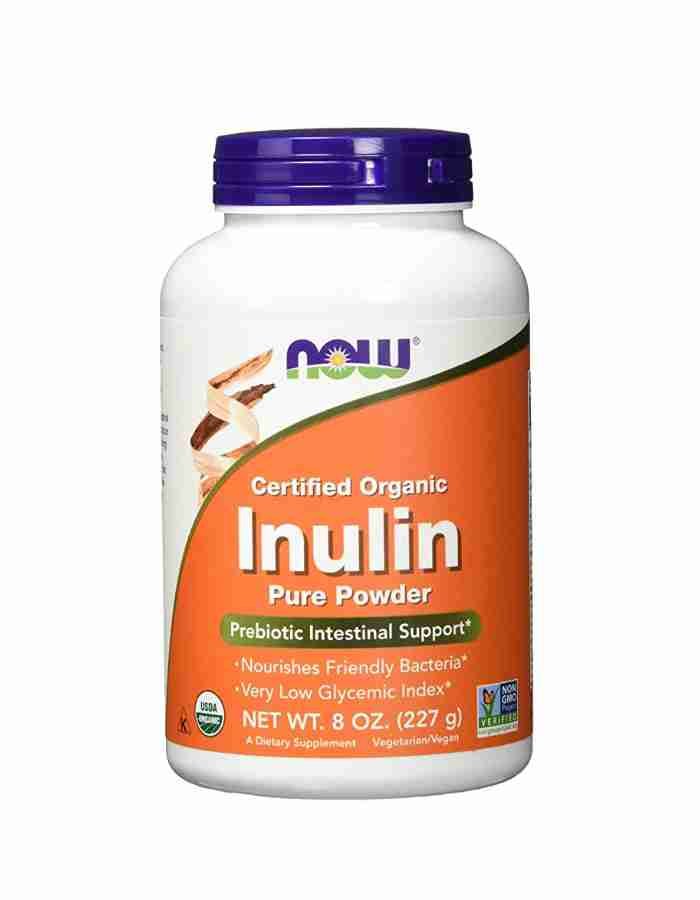
Understanding Enterovirus and Prevention Methods
It’s hot summer again, and it happens to be the season when Enterovirus is rampant. I still remember when I was in primary school, the school often preached the motto “Wash your hands every day, keep Enterovirus away from me”, but maybe you don’t know, Enterovirus is actually the general term for a group of viruses, which are common diseases in young children, including more than 60 types such as Poliovirus, Coxsackievirus, Echovirus and Enterovirus type 68. This article will introduce the transmission route, symptoms, and prevention methods of enterovirus.
Enterovirus transmission route and incubation period
Enteroviruses can only be transmitted from person to person, mainly through the gastrointestinal tract (fecal-oral, water or food contamination) or respiratory tract (droplets, coughing or sneezing), and may also be infected by contact with fluid from patient skin blisters. In addition, newborns may be infected through the placenta, the pregnant woman’s childbirth process, or postpartum contact. Symptoms will begin to appear about two to ten days after infection with enterovirus, but a few days before the onset, the virus can be found in the throat and feces and is contagious, usually the most contagious within one week after the onset. After recovering from enterovirus infection, you will only be immune to the type of this infection, and there is still a chance to get other types of enterovirus.
Enterovirus symptoms and complications
Although enterovirus is a common disease in young children, it does not mean that adults will not be infected, but the symptoms of infection are relatively mild. Symptoms include high fever, runny nose, sneezing, coughing and general pain. The virus types of enterovirus and the more common clinical symptoms after infection are as follows:
1.Polio virus
In many regions of the world, the polio virus has been eradicated because of vaccination. Since 1988, more than 18 million people can walk today who would otherwise have been paralyzed, and 1.5 million childhood deaths have been averted thanks to the polio vaccine. Four regions of the world are certified polio free—the Americas, Europe, South East Asia and the Western Pacific
2.Enterovirus 71
Children under the age of five are a high-risk group for severe illness. The common symptom is hand-foot-mouth disease (hand-foot-mouth disease), which is characterized by fever and small blisters on the body, mainly distributed in the oral mucosa and tongue, or Blisters can develop on the soft palate, gums, and lips, and on the extremities—the palms and soles of the feet, fingers, and toes.

3.Enterovirus D68
Infection in young children may also cause severe respiratory or neurological symptoms.Keshaqi virus type A: Herpangina, symptoms include sudden fever, vomiting, and small blisters or ulcers in the isthmus.
4.Keshaqi virus type B
Epidemic myocostalgia, characterized by sudden paroxysmal pain in the chest lasting minutes to hours, accompanied by fever, headache, and transient nausea, vomiting, and diarrhea. In severe cases, it may cause acute myocarditis in infants and pericarditis in adults, characterized by sudden dyspnea, pallor, and vomiting, and rapid heartbeat can quickly evolve into heart failure, shock, and even death.
5.Echovirus
It mainly threatens newborns. The initial symptoms include fever, loss of appetite, decreased activity, restlessness, skin rash, diarrhea or vomiting. In severe cases, it can cause myocarditis and hepatitis. , encephalitis (Encephalitis), neonatal sepsis, etc., may be fatal
If a child develops symptoms such as lethargy, unconsciousness, poor energy, weakness in limbs, muscle jerks (unexplained startle or sudden muscle contraction of the whole body), persistent vomiting, shortness of breath, or rapid heartbeat within seven days of being infected with enterovirus, seek medical attention. It may be a serious case of enterovirus and must be sent to a large hospital immediately for medical treatment.
How to prevent enterovirus
There are no special drugs or vaccines for enteroviruses, and only supportive treatments can be taken, such as fever reduction, cough relief, and drips. Therefore, if you want to prevent enteroviruses, you can only rely on personal hygiene and environmental disinfection. Enteroviruses are suitable for survival and transmission in humid and hot environments. They can survive for several days at room temperature, several weeks at 4°C, and several months at freezing. Active, so a dry environment, heat-treated food, or soaking underwear in hot water can reduce the spread of enteroviruses.
- Adhere to the five steps of correct hand washing: wet, rub (at least 20 seconds), rinse, hold, wipe.
- Balanced diet, moderate exercise, and adequate sleep can boost immunity.
- Newborns and infants should breastfeed more to improve their resistance.
- When you are sick, you should seek medical attention as soon as possible, and ask for leave to rest at home.
- Pay attention to the sanitation and ventilation of the home environment.
- Avoid crowded and poorly ventilated public places.
- Try not to come into contact with suspected patients, especially pregnant women, newborns and young children.
- Wash your hands with soap before touching or feeding newborns, change clothes and wear masks if necessary, and try to avoid too many people touching newborns.
- Children’s toys, especially plush toys, should be cleaned and disinfected frequently. After cleaning, they can be placed in a dry environment to bask in the sun.
Enterovirus Relief – Just Click to Buy From Amazon
No medicines target this virus. Antibiotics won’t help, since the illness is not caused by bacteria. You can take an over-the-counter pain/fever reliever, which might help you feel a little better, just like with a normal cold. If your symptoms are severe, you should call your doctor or go to the emergency room.
Nurofen
- This product is quantity restricted and a maximum of 2 products containing paracetamol, aspirin or ibuprofen can be bought per week per customer.
- 200 mg Ibuprofen Liquid Capsules
- Absorbed twice as fast as standard ibuprofen tablets
Calpol SixPlus Fastmelts Paracetamol
- This product is quantity restricted and a maximum of 2 products containing paracetamol, aspirin or ibuprofen can be bought per week per customer.
- Dissolve in the mouth tablet to provide on the go pain relief for children 6 years and over
- Pain and fever relief
Sweet Dreamers, Baby, Children and Adults Contactless Infrared Digital Thermometer for Fever with Instant Read
- TRUSTED UK BASED FAMILY BUSINESS: Buy from us with the confidence and assurance that we’re a UK based family business who truly care about each and every one of our customers as demonstrated by our super high positive seller feedback rating! We consistently strive to offer the very best shopping experience for all our customers and are always on hand to answer any queries that you may have. We also fulfil all our orders from UK based stock which has passed all the necessary EU safety standards.
Books About Intestinal Infectious Diseases – Just Click to Buy From Amazon
Typhoid: The past, present, and future of an ancient disease
- An exploration of the past, present and future of typhoid control using both literary and real-life figures
- Draws from the award-winning Typhoidland exhibitions, dispelling the myth of typhoid as an eradicated disease
- More relevant than ever in a post-COVID world
Dietary Interventions in Gastrointestinal Diseases
Dietary Interventions in Gastrointestinal Diseases: Foods, Nutrients and Dietary Supplements provides valuable insights into the agents that affect metabolism and other health-related conditions in the gastrointestinal system. It provides nutritional treatment options for those suffering from gastrointestinal diseases including Crohn’s Disease, Inflammatory Bowel Disease, Ulcerative Colitis…
Human Enterovirus Infections
The enteroviruses cause between 10 and 15 million symptomatic infections in the U.S. each year, ranging in severity from the common cold to overwhelming neonatal sepsis and death. The enteroviruses are leading causes of meningitis, encephalitis, poliomyelitis, myocarditis, and nonspecific febrile illnesses of newborns and young infants. Enteroviruses have also been implicated…
Supplement for Gastrointestinal Health
-
Benefits of Inulin
1. Eating inulin or drinking inulin concentrate on an empty stomach can immediately lower blood sugar levels.
2. Relieve the symptoms of diabetes
3. Enhanced digestion and defecation function, effective for treating constipation
4. Improve vascular disorders
5. Low or no energy
6. Rapidly increase the number of bifidobacteria in the intestine
7. Improve skin itchy problem due to diabetes.
Disclaimer
All content in this column is for general information only and is not a substitute for medical guidance from a physician or other medical professional. The Fairview Life Ltd is not responsible for any diagnosis made by users based on the content of this website. The Fairview Life Ltd is not responsible for the content of any external sites listed herein, nor for any goods or services mentioned or suggested on any site. If you have any concerns about your health, please consult your own GP.
























